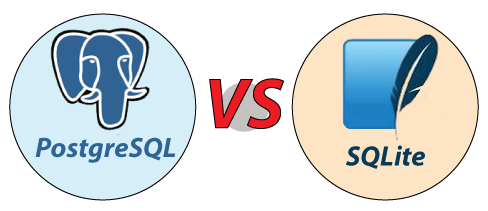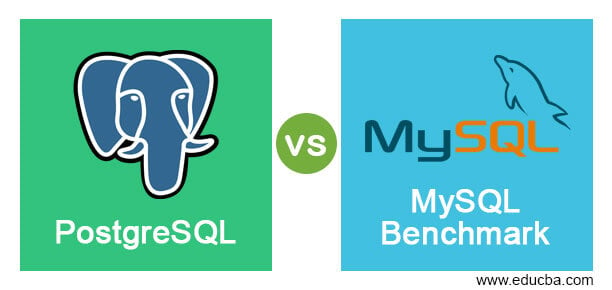
The default storage engine, InnoDB, provides index-organized tables. MySQL has support for 16 different storage engines suitable for different use cases. PostgreSQL has a single, ACID-compliant storage engine. This means PostgreSQL offers more complex data types and allows objects to inherit properties, but it also makes working with PostgreSQL more complex. PostgreSQL is an object-relational database, while MySQL is purely relational.
POSTGRESQL VS MYSQL 8 PLUS
Companies that have their own release of PostgreSQL may offer support around it.Ĭommunity support, plus vendor-provided support contracts Suitable for applications with high volume of readsĪccess control, multiple encrypted connection options DetailsĪccess control, encrypted connections DetailsĬommunity support. Suited for applications with high volume of both reads and writes Primarily B-tree R-tree, hash, and inverted indexes for certain data types Numeric, date/time, character, spatial, JSON Detailsī-tree, hash, GiST, SP-GiST, GIN, and BRIN Numeric, date/time, character, boolean, enumerated, geometric, network address, JSON, XML, HSTORE, arrays, ranges, composite Details Let’s compare the two most popular databases - MySQL and PostgreSQL - across a range of different application needs, first in this table and then in more depth in the following text. Which is the better choice? The answer depends on your application-specific needs from back-end data infrastructure. Neither origin story is likely to become a blockbuster film anytime soon, but either database could be a superhero for your organization. MariaDB is named after his other daughter.) Comparing Postgres vs. (Fun fact: MySQL was named after Widenius’s daughter My. to develop an RDBMS that wasn’t under the control of a corporation synonymous with a commercial database competitor. The day that the Oracle acquisition was announced, Widenius forked MySQL and founded MariaDB Corp. Original developer MySQL AB was acquired by Sun Microsystems in 2008, shortly before Sun was itself acquired by Oracle in 2010. Unlike PostgreSQL, MySQL has always been under corporate control.
POSTGRESQL VS MYSQL 8 LICENSE
MySQL is now at version 8.0, and released under both the GNU Public License version 2 (GPLv2) and proprietary licenses. In Sweden, Michael “Monty” Widenius and associates began developing their own RDBMS, dubbed MySQL, in 1994. The ‘90s were a golden age for relational databases. PostgreSQL was not the only option for an open source database back in the 20th century.
POSTGRESQL VS MYSQL 8 CODE
Now at version 14 (beta), Postgres is developed by an “unincorporated association of volunteers and companies who share code under the PostgreSQL Licence,” according to a project FAQ. The first production release, PostgreSQL 6.0, came out in 1997. The name was officially changed to PostgreSQL to take advantage of the reference to Structured Query Language, but the project uses both names. One of the original developers of Ingres returned to Berkeley in 1985 (after founding a company that commercialized Ingres) to develop a successor to Ingres that he named Postgres. The story of Ingres and all the databases that grew out of it is fascinating, but mostly because it lent (part of) its name to another open source database.

It was released under a Berkeley Source Distribution (BSD) license, which made it open source software, and it became the base for many commercial database products. Ingres was one of the first relational database management systems, starting out as a project at UC Berkeley in 1973. In the beginning was the word, and the word was Ingres. But for all they have in common, PostgreSQL and MySQL have a number of characteristics that set them apart from each other, as we’ll see in a moment. They’re both secure RDBMSes with support for clustering and network fault tolerance. Postgres (as it’s often known) and MySQL have both been around for a long time. That’s not surprising - they’re also the top two open source relational databases, serving as the back ends of countless commercial, open source, and in-house applications.

MySQL and PostgreSQL are the top two database sources that Fivetran replicates to data warehouses for data analytics.


 0 kommentar(er)
0 kommentar(er)
